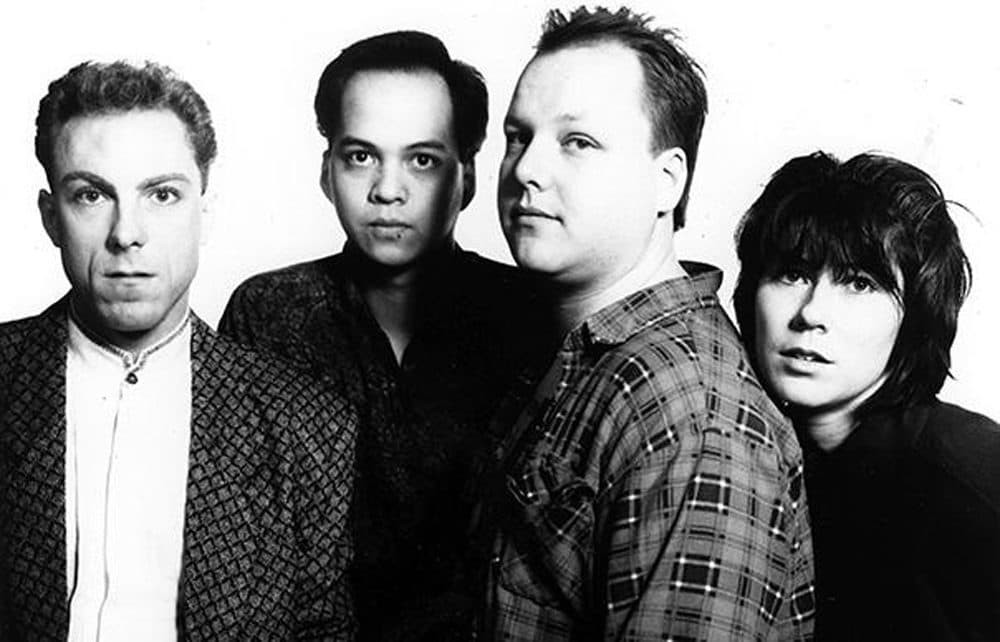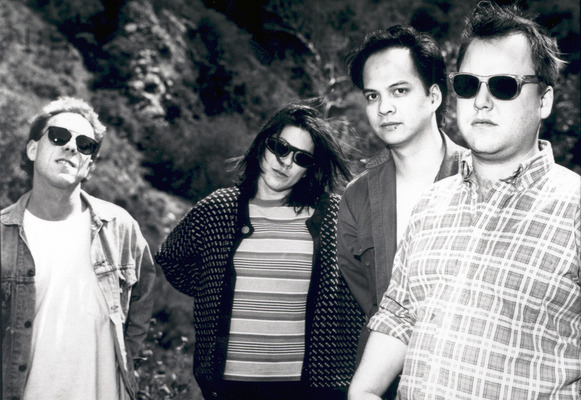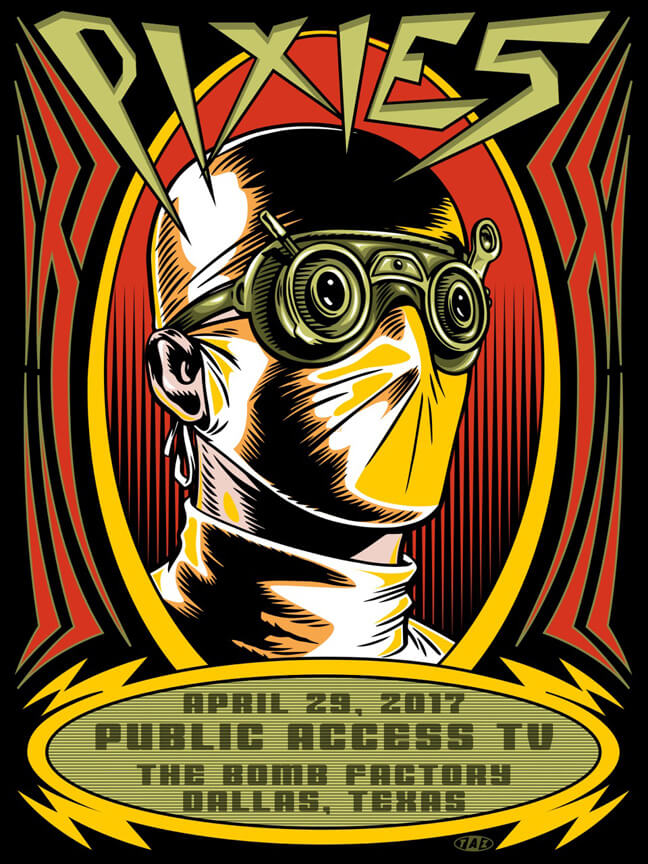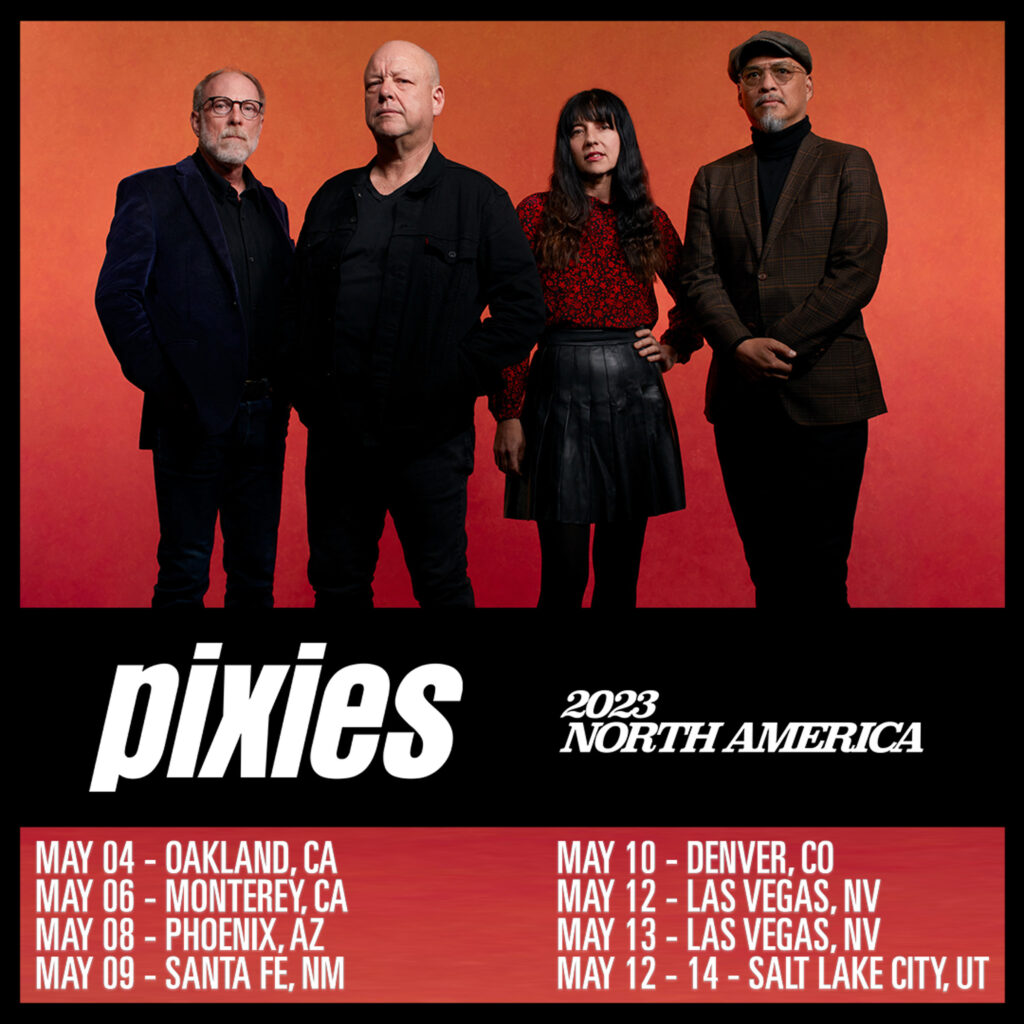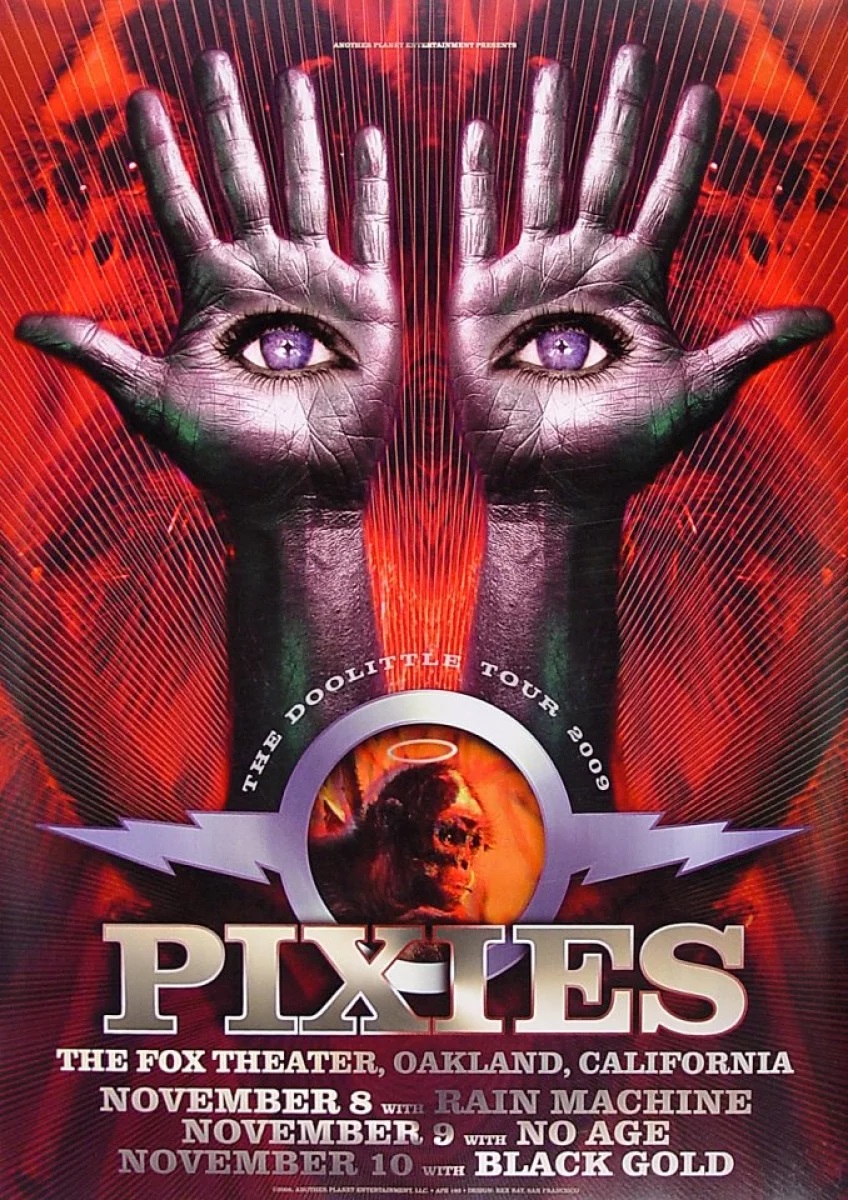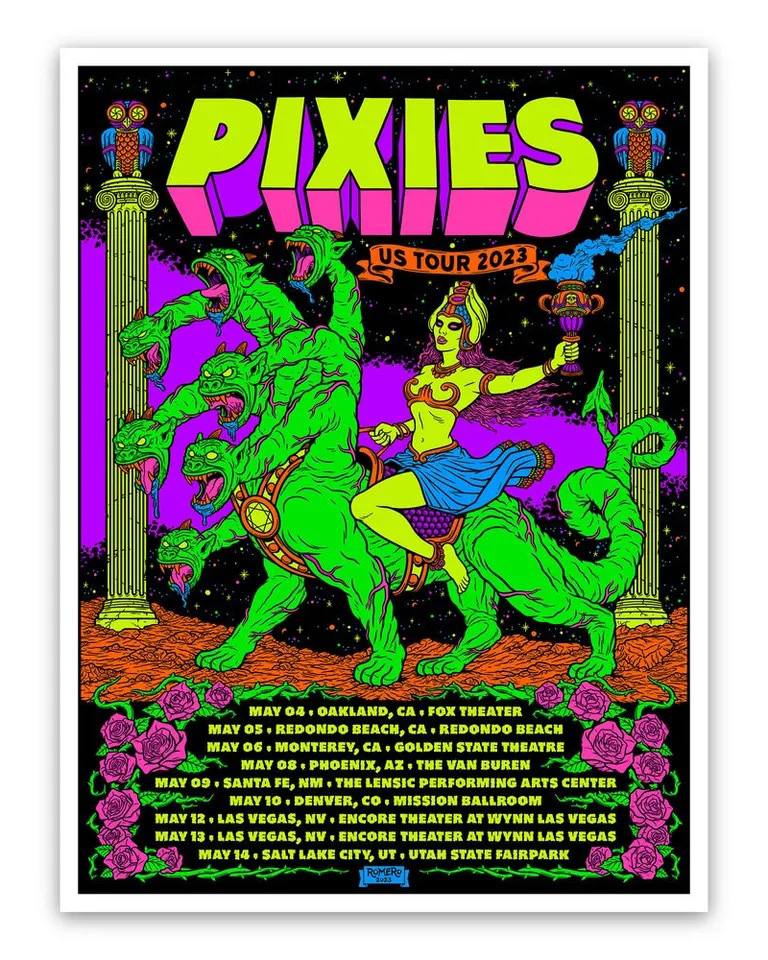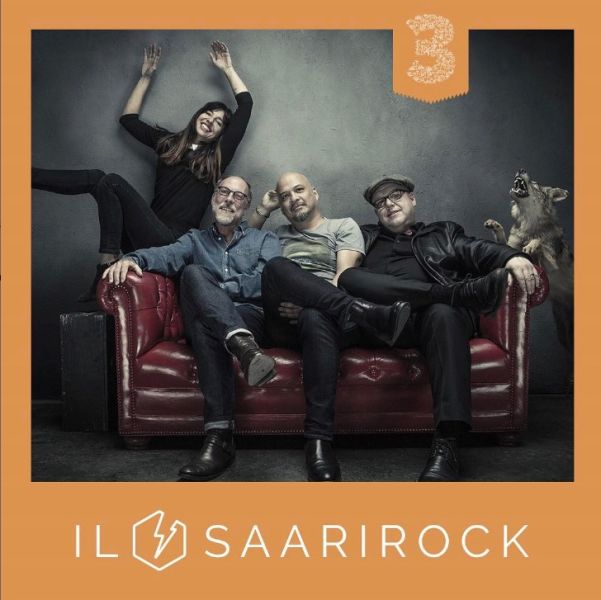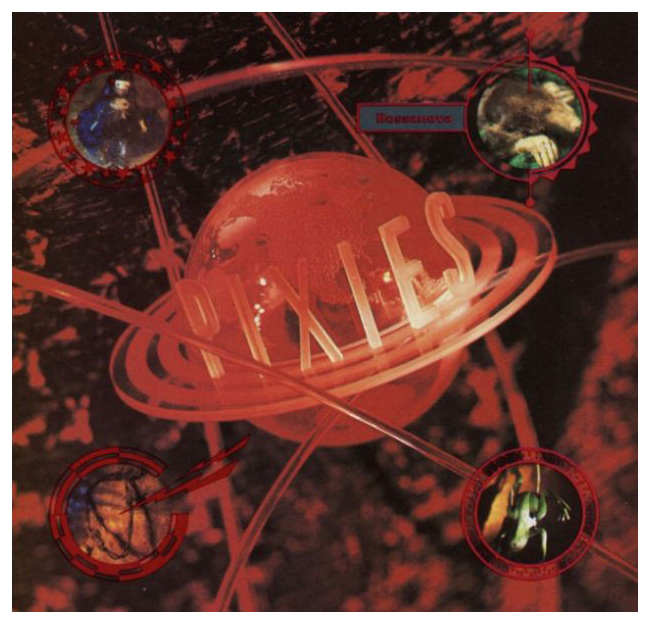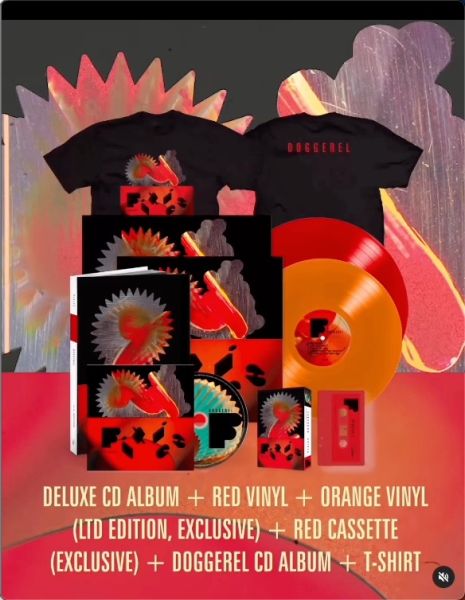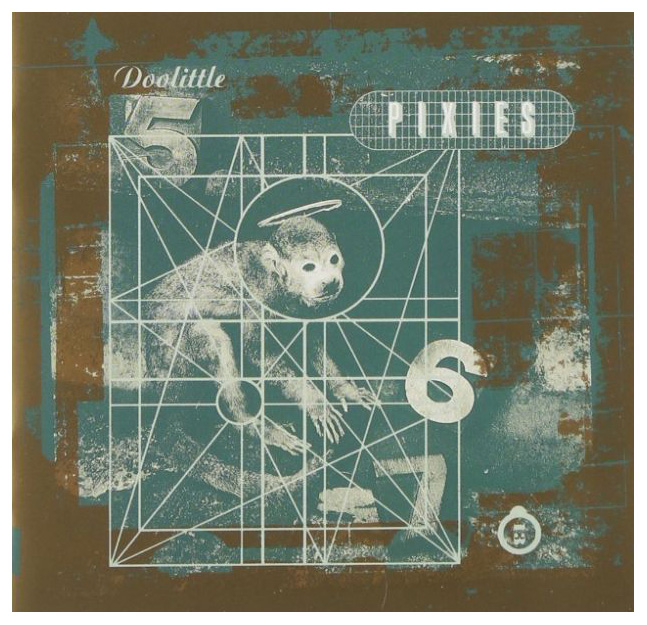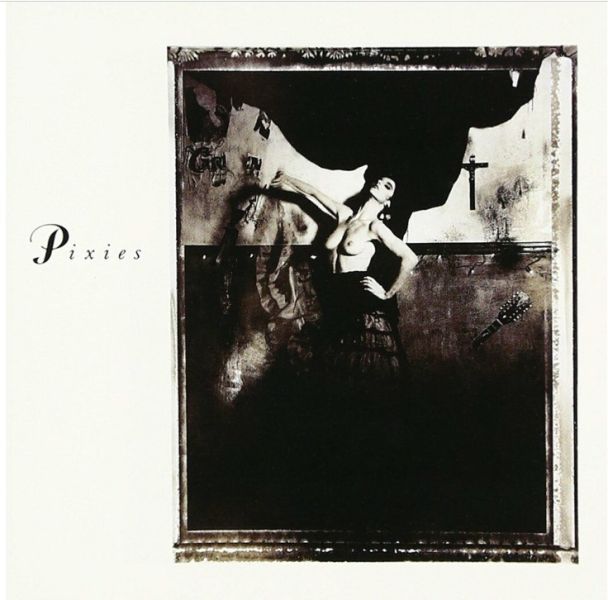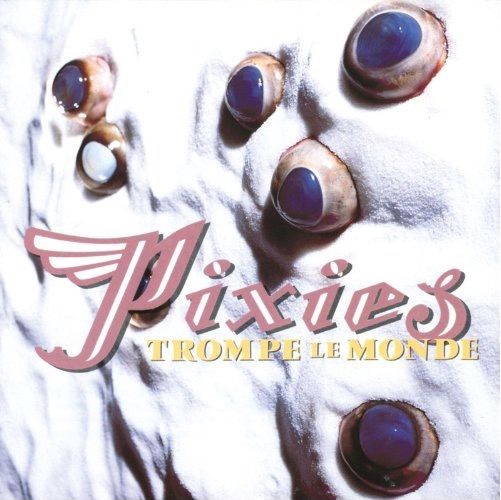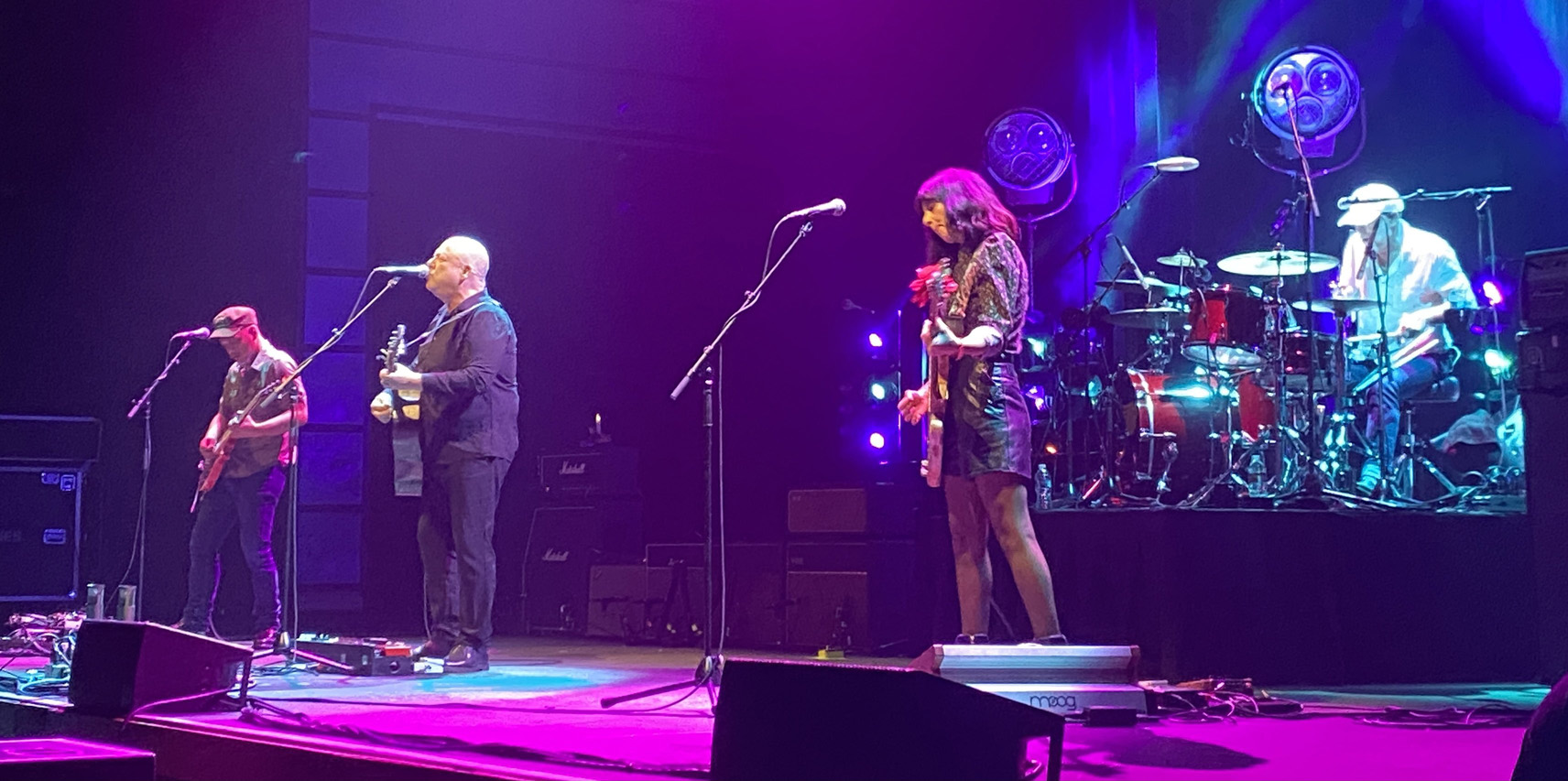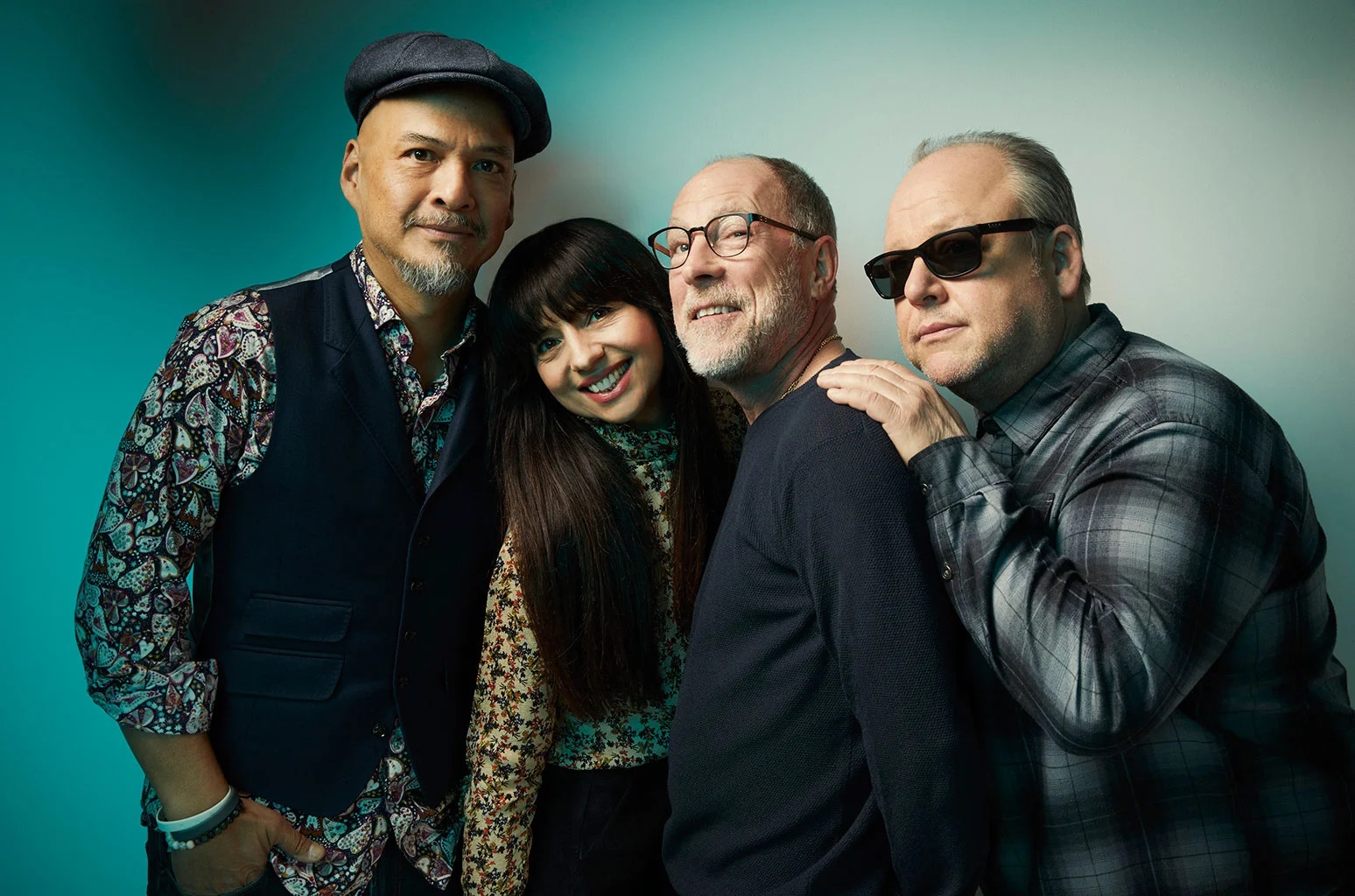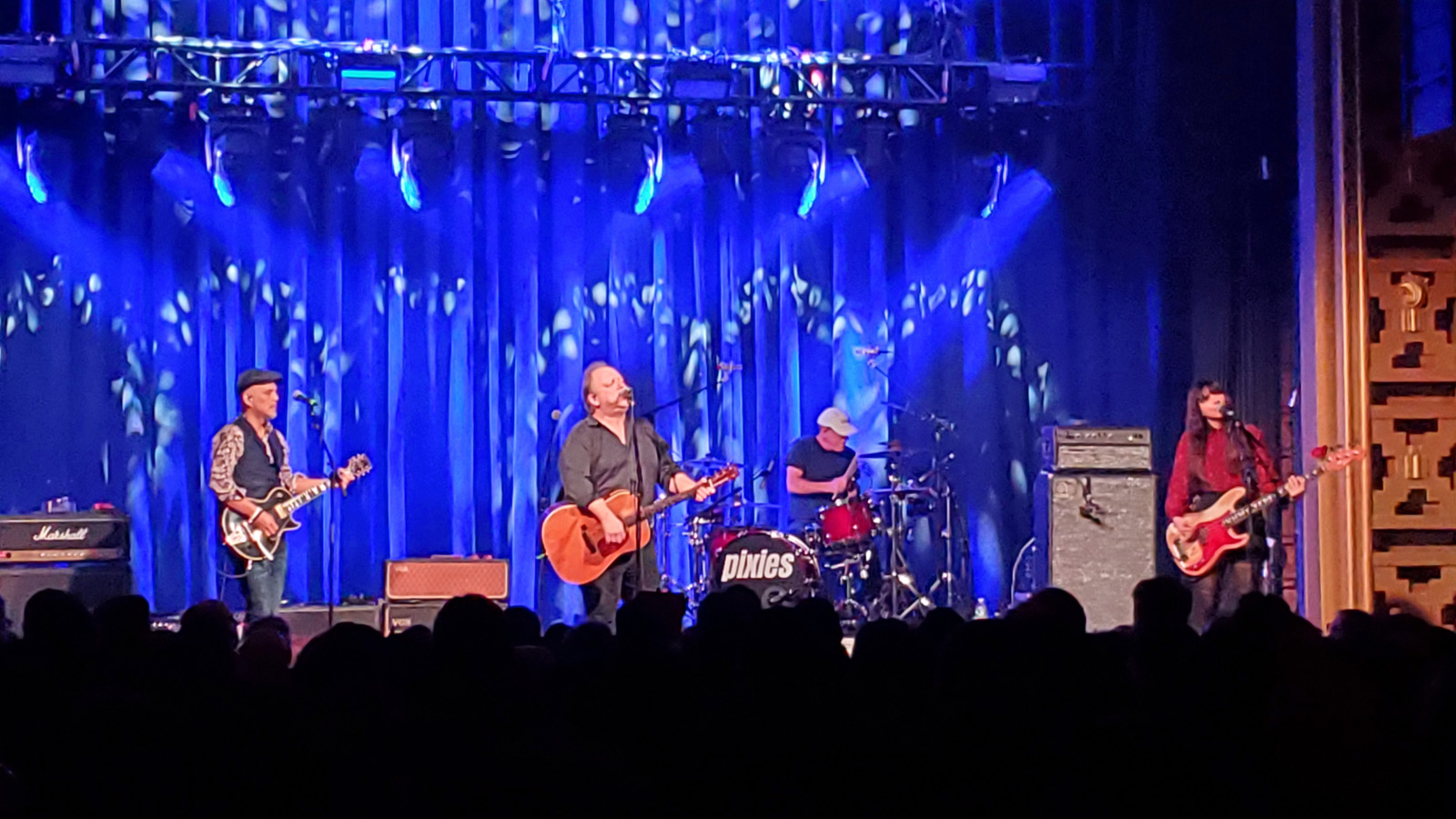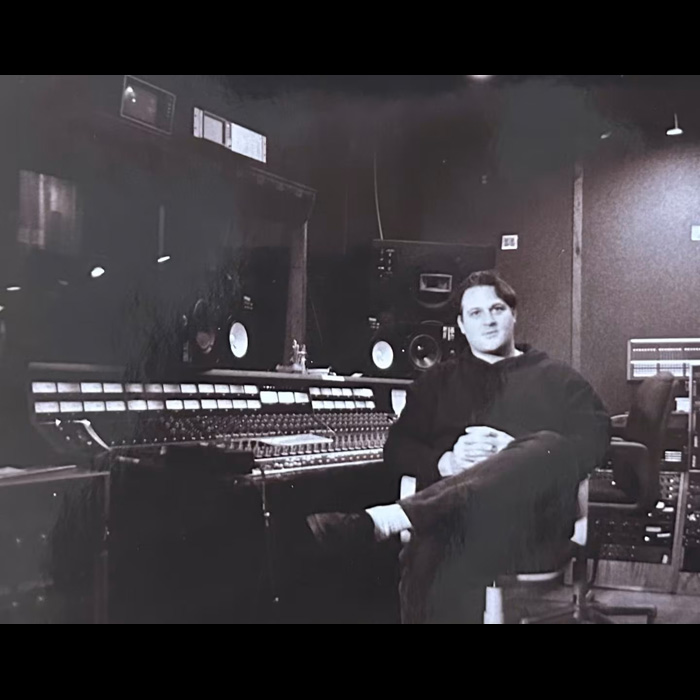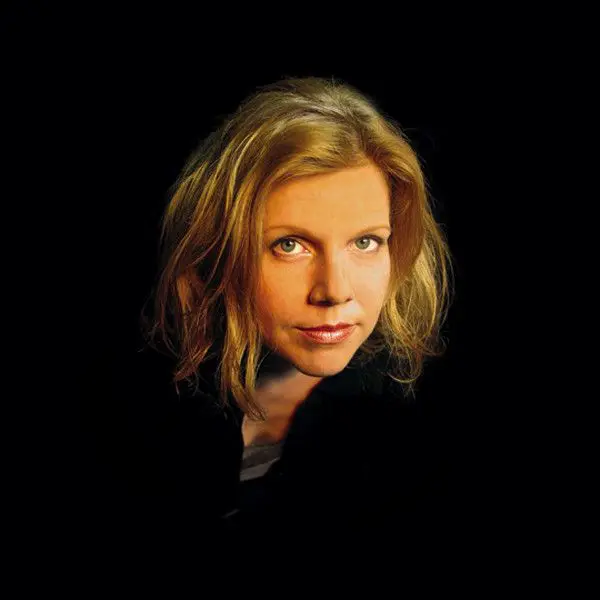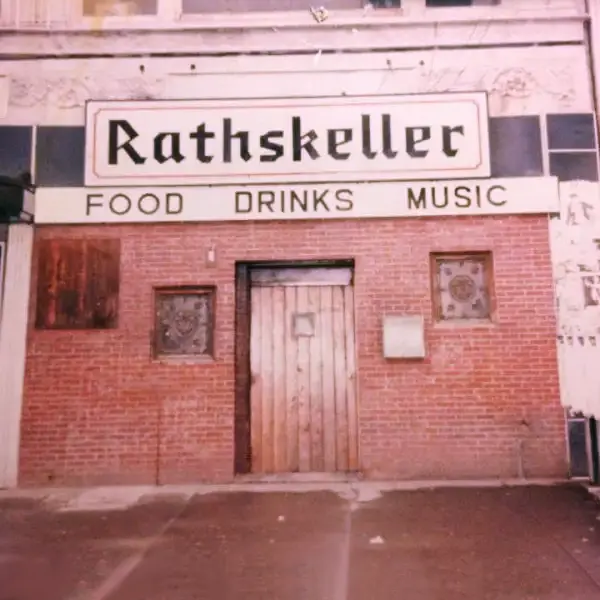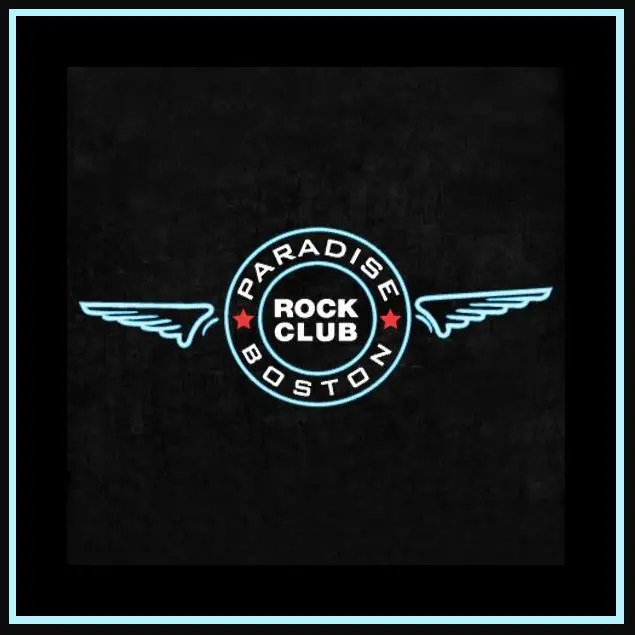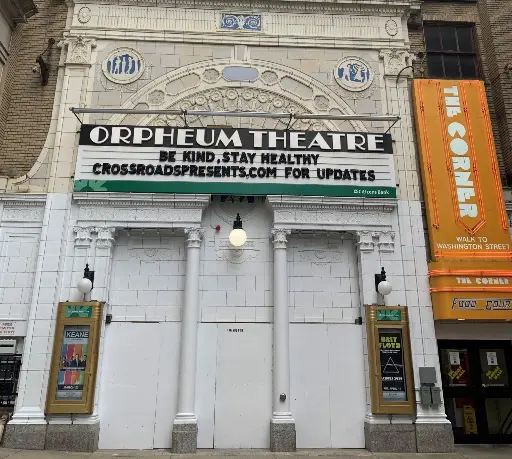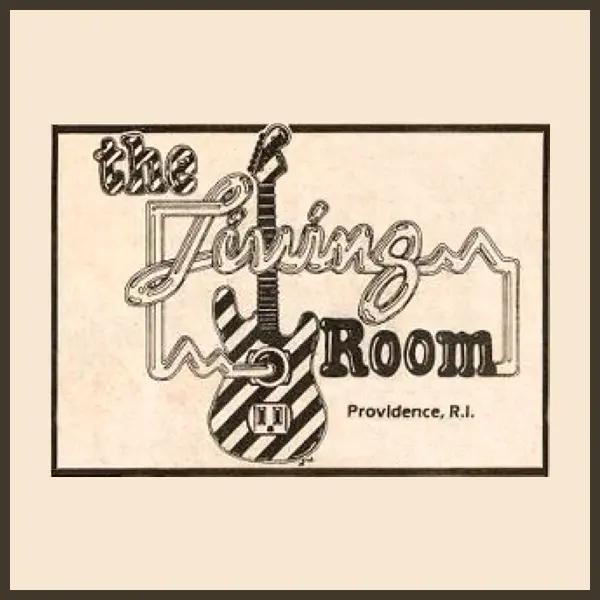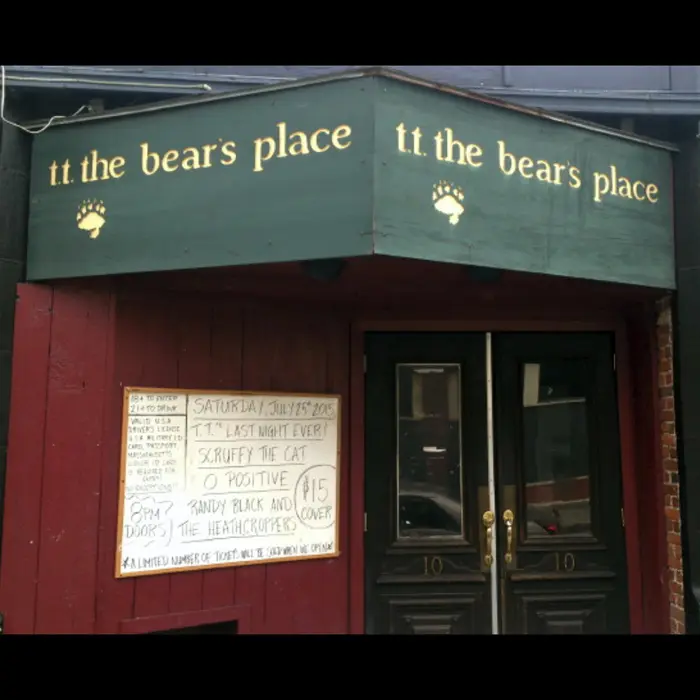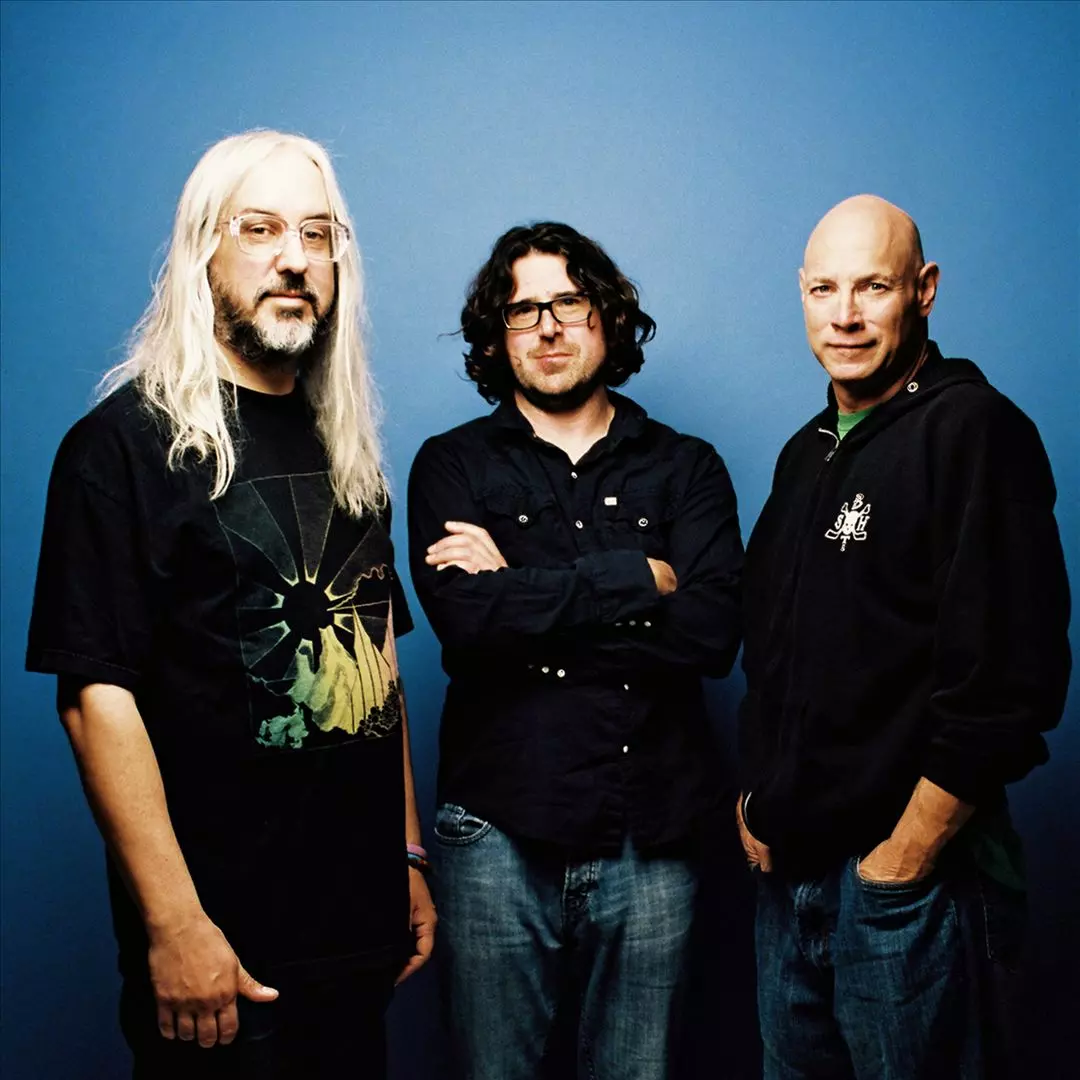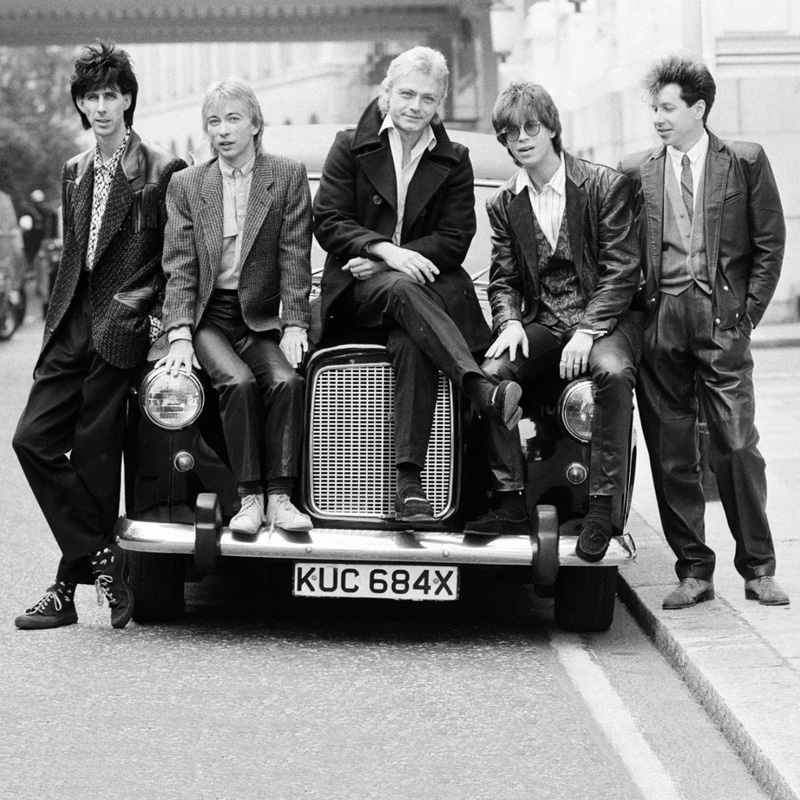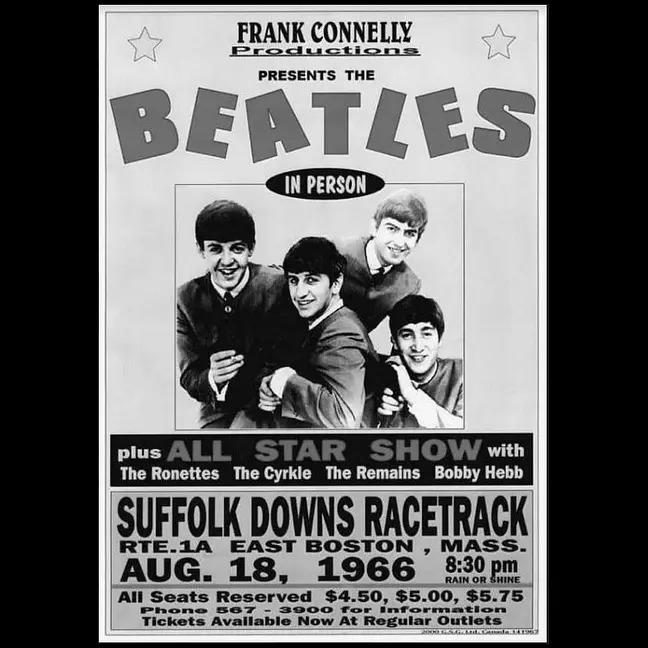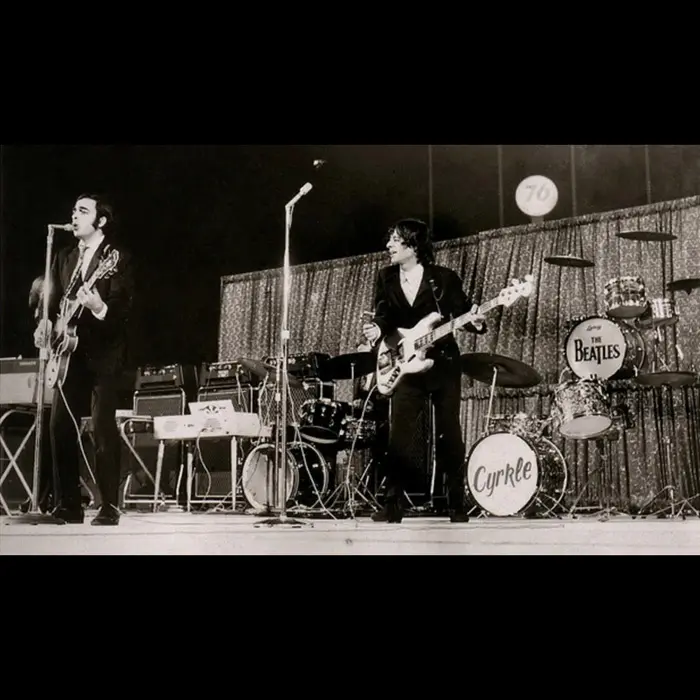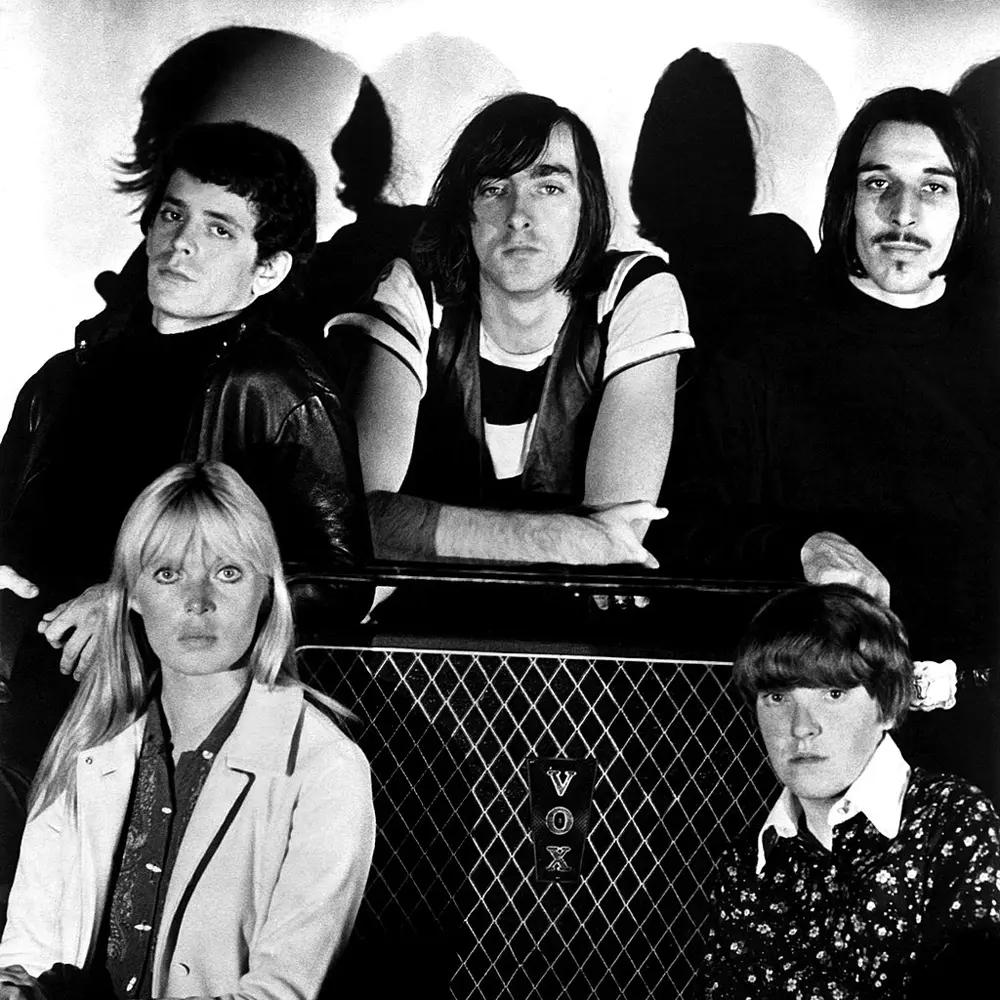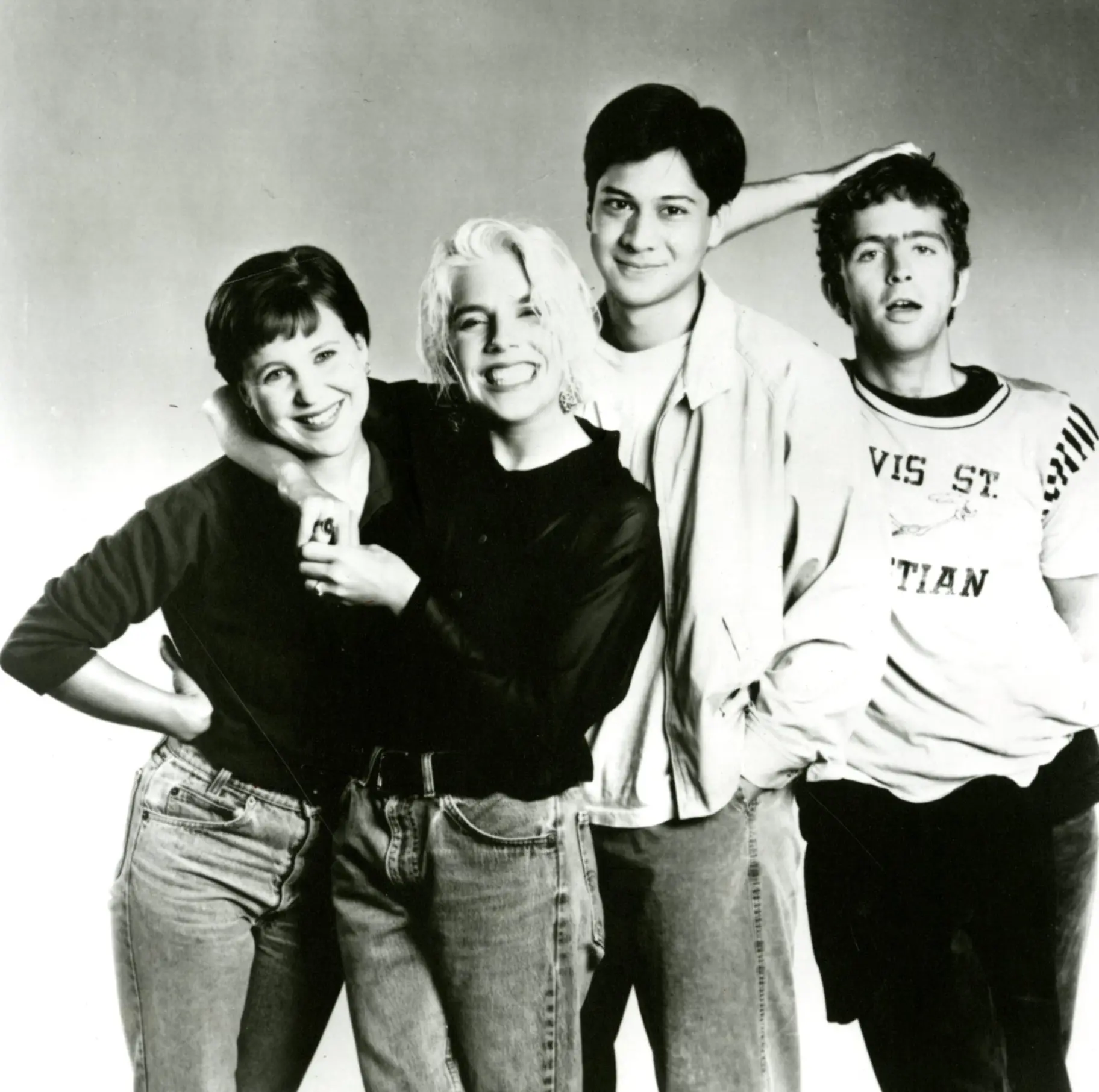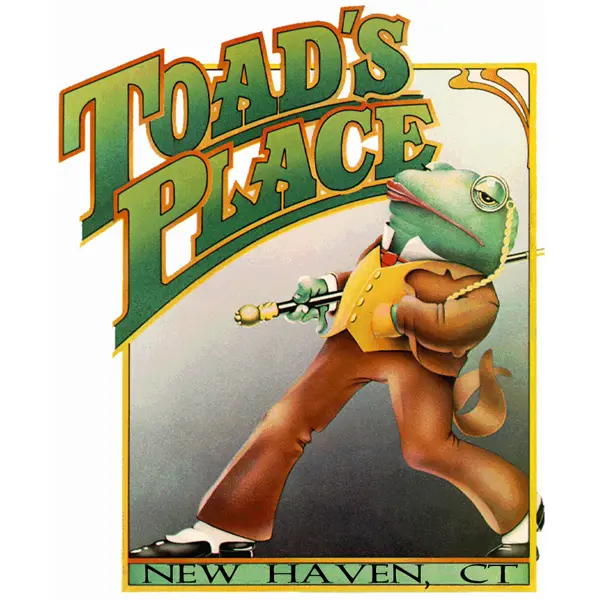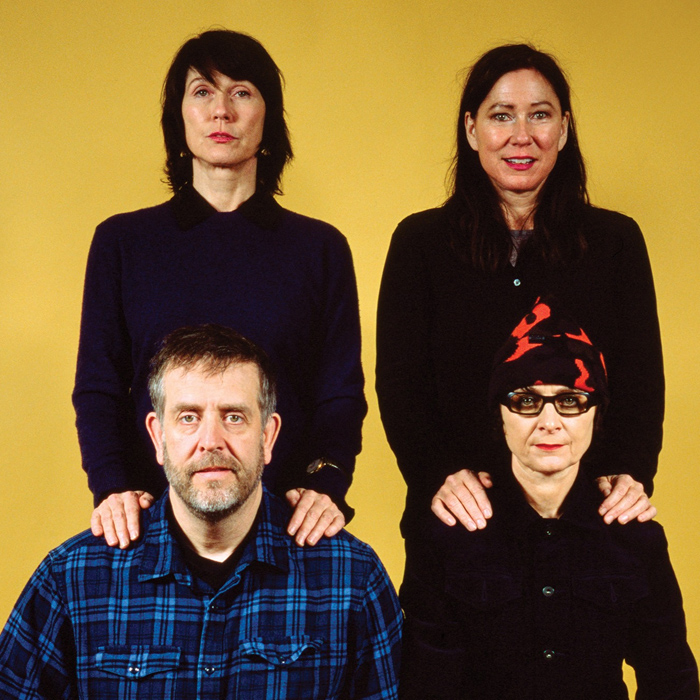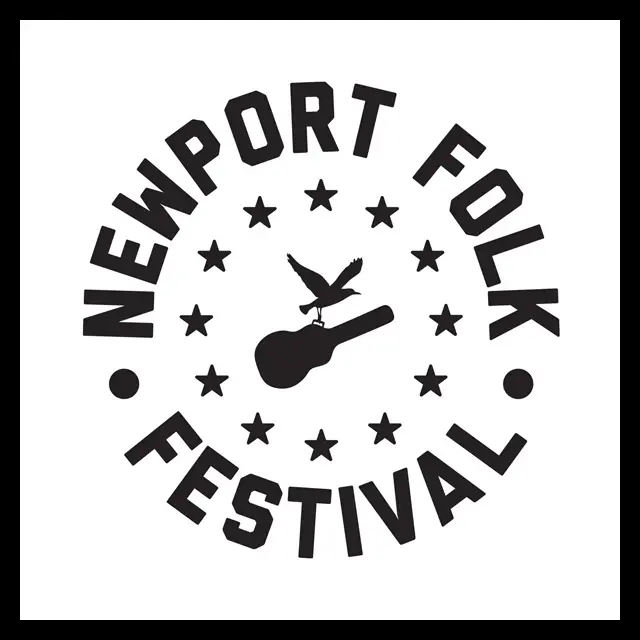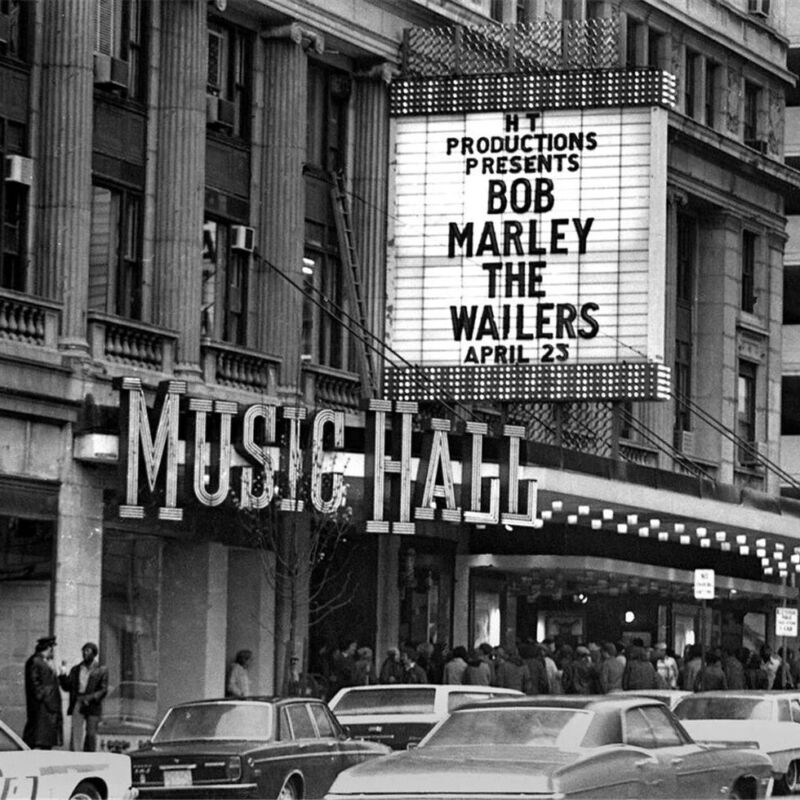Pixies
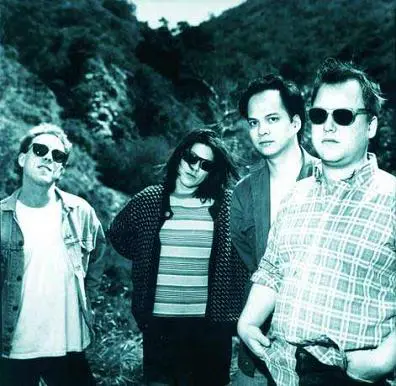
In the pre-grunge mid-1980s, when the haut-hip harmonizing of Spandau Ballet, Duran Duran and Culture Club was inescapable on mainstream radio and MTV, alt rock exploded in a deafening detonation, ignited by a high-octane-fueled flame of blues, rockabilly, rock, soul, prog-rock, protopunk and even disco. And among the most influential bands to arise from the scorched debris was Pixies, whose foundations were laid in 1985 in a place few people would consider a rock ‘n’ roll hotbed – Amherst, Massachusetts, 95 miles from Boston and 140 from New York – but where another formidable, face-melting force, Dinosaur Jr., had formed just one year before.
After recording nine studio albums over 28 nonconsecutive years – during which they’ve performed on every continent except Antarctica – Pixies’ shadow looms large over every alt-indie subgenre, from grunge, Brit-pop, shoegaze and slowcore to lo-fi, noise-pop, emo and math rock. Using a singular surf-punk blend of spine-chilling caterwaul, oft-whispered harmonies, stadium-ready riffs and biblical/sci-fi references, the band’s signature sound features extreme dynamics where up-to-11 volume falls to near silence instantly, an element of their music that frontman and chief songwriter Black Francis has called “dumbo dynamics” because “we don’t know how to do anything else…we can play loud or quiet…that’s it.”
FORMATION, INFLUENCES, MOVE TO BOSTON
Pixies’ story begins in 1985 when Boston-born guitarist Charles Thompson IV – known as Black Francis since the quartet formed in 1986 – and guitarist-bassist Joey Santiago of Longmeadow, Massachusetts, were roommates at UMass Amherst. Born two months apart in 1965, both started playing guitar around age 10 but weaned themselves on entirely different music.
Thompson cites Christian-rock pioneer Larry Norman, Buddy Holly, The Beatles and prog-rockers Emerson, Lake and Palmer as his earliest influences while Santiago says his were The Velvet Underground, Les Paul, Wes Montgomery and David Bowie (who once praised Pixies as “the psychotic Beatles”). Santiago introduced Thompson to The Cars’ music, which they say had an incalculable influence on Pixies, and together they soaked up albums by Violent Femmes, Talking Heads, Hüsker Dü, The Jesus & Mary Chain, Black Flag, Iggy Pop and Captain Beefheart while watching surrealistic films like 1977’s Eraserhead.
After Thompson spent six months in Puerto Rico on an exchange program, in late 1985 he and Santiago dropped out of UMass and moved to Boston to form a band, taking temporary jobs working in warehouses. After deciding on the name Pixies in Panoply, then shortening it to just Pixies almost immediately, in January 1986 they recruited Ohio native Kim Deal using an ad in The Boston Phoenix that read “Band seeks bassist into Hüsker Dü and Peter, Paul and Mary. Please – no chops.” On the recommendation of Deal’s husband, Winchester, Massachusetts, native David Lovering joined soon afterward.
EARLY SHOWS, 4AD SIGNING, COME ON PILGRIM, SURFER ROSA
In September 1986, after spending about eight months rehearsing in Lovering’s parents’ garage, Pixies debuted at the Rathskeller and T.T. the Bear’s Place. In December, Fort Apache Studios producer Gary Smith saw them opening for Throwing Muses and – telling the band he “could not sleep until you guys are world famous” – volunteered to record what became a 17-song demo tape. In mid-1987, the tape found its way to 4AD Records chief Ivo Watts-Russell, who signed the group.
In September 1987, after Pixies had debuted at the Paradise Rock Club and The Living Room, 4AD issued eight remixed demo tracks as the mini-album Come On Pilgrim – taken from a Larry Norman lyric – and though it didn’t chart in the US, it reached #5 in the UK. Their first full-length album, Surfer Rosa, recorded at Boston’s Q Division Studios and issued in March 1988, soared to #2 in the UK amidst glowing reviews, leading to the band’s first of many tours of the UK and Europe, where they would always be more popular than in the US.
ELEKTRA SIGNING, DOOLITTLE, BOSSANOVA, TROMPE LE MONDE, DISBANDING
At the end of 1988, Pixies signed with Elektra and recorded their sophomore effort, Doolittle, at Boston’s Downtown Studios. Released in April 1989, the LP was met with rapturous reviews and went to #8 in the UK and #98 in the US, with two singles reaching the top 10. Throughout 1989, the band toured the UK, Europe and North America, including a show at Toad’s Place.
In early 1990, Pixies recorded their third album, Bossanova. Released in August, reviews were comparatively mixed but it charted well (UK #3, US #70) and Select magazine named it Album of the Year. After incessant touring in 1990, including their debut at the Orpheum Theatre in Boston, rumors circulated about tensions within the band – especially between Thompson and Deal – which proved to be true.
In 1991, Pixies recorded their fourth album, Trompe le Monde, with former Captain Beefheart keyboardist Eric Feldman contributing. Released in September, it was a critical and commercial success (UK #7, US #92) and they did another whirlwind tour – filling stadiums in Europe but only theaters in the US – before opening for U2 during part of their 1992 Zoo TV tour, including an appearance at Boston Garden.
In January 1993, in a BBC Radio 5 interview, Thompson announced that Pixies were disbanding – before consulting any other band members. Later that day he called Santiago with the news and sent faxes to Deal and Lovering. What followed was an 11-year hiatus during which Thompson recorded three solo albums, Deal recorded and toured with The Breeders and Santiago and Lovering formed The Martinis. During the band’s time apart, 4AD issued three archival collections, Death to the Pixies: 1987-1991, Pixies at the BBC and Complete B-Sides.
REUNION, DVD, WAVE OF MUTILATION, DOCUMENTARY, LIVE ALBUMS
In 2004, the band reunited for a 15-city US tour and spent the summer headlining UK/European festivals while 4AD issued the DVD retrospective Pixies and a best-of compilation, Wave of Mutilation. The band recorded the Deal-penned “Bam Thwok” and a cover of Warren Zevon’s “Ain’t That Pretty at All” before debuting at the Newport Folk Festival in August and performing at UMass in November. In 2005, MVD Visual released a documentary about the band, loudQUIETloud, and in 2006 Eagle Vision issued the LPs Live at the Paradise in Boston and Acoustic: Live in Newport.
For the next nine years the group stayed away from the studio while touring the world, debuting in Japan, South Africa, Australia, New Zealand, Mexico, Brazil, Argentina, Chile, Uruguay, Croatia, Slovakia and Czechia. In 2009, they played at Citi Performing Arts Center (now Wang Theatre at Boch Center) in Boston.
EP1, EP2, EP3, INDIE CINDY, HEAD CARRIER, BENEATH THE EYRIE, DOGGEREL
In 2013/14, after Deal left and was replaced by Argentine-American bassist-violinist Paz Lenchantin, Pixies recorded three EPs – EP1, EP2 and EP3 – and in 2014 the PAIS label released all the songs from those as the LP Indie Cindy (UK #6, US #23),. The band followed with 2016’s Head Carrier (UK #7, US #72) and 2019’s Beneath the Eyrie (UK #7, US non-charting).
On September 30, 2022, BMG issued the group’s eighth studio album, Doggerel – recorded at Guilford Sound in Vermont – and by November it had reached #4 in the UK Independent Albums chart and #16 in Billboard’s US Top Album Sales chart. New Musical Express called it “further proof that Pixies’ music remains the alt-rock gold standard.” The band’s latest LP is The Night the Zombies Came, which BMG issued in October 2024.
Asked in 2016 why the band reformed and how it’s stayed together, Thompson said it’s quite hard to explain. “There’s an unspoken dynamic with the band that we’re barely aware of, at the edge of our minds…this impenetrable bond,” he said. “I could feel it when we got back together. These people even cause me to sing a certain way.”
(by D.S. Monahan)

